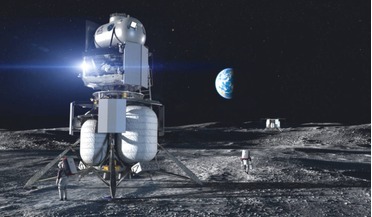 28 July 2021
Bezos offers $2 billion in incentives for NASA lunar lander contract
28 July 2021
Bezos offers $2 billion in incentives for NASA lunar lander contract
... lunar operations. Our lander uses liquid hydrogen for fuel. Not only is hydrogen the highest-performing rocket fuel, but ... BE-7 lunar lander engine and indefinite storage of liquid hydrogen in space. All of these contributions are in addition...
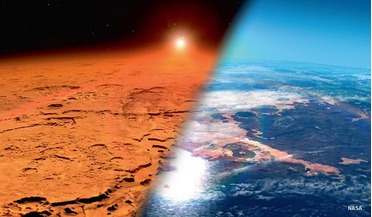 December 2014
MAVEN and the evolution of Mars
December 2014
MAVEN and the evolution of Mars
... of ice, even after the solid planets had formed. Volcanic activity continued to contribute to their atmospheres as well. Hydrogen was likely abundant in these early atmospheres, but the absorption of the young Sun’s enhanced extreme ultraviolet...
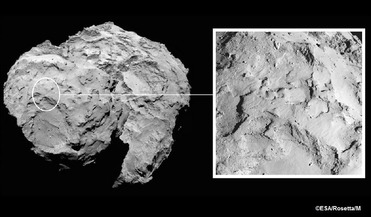 December 2014
Rosetta revelations: the fabric of comet 67P/Churyumov-Gerasimenko
December 2014
Rosetta revelations: the fabric of comet 67P/Churyumov-Gerasimenko
... did Giotto measure water, including the deuterium to hydrogen ratio, but it also detected many organic molecules ...dust. By looking at the heavy water - water where one of the hydrogen atoms (H) is replaced by a deuterium (D) atom - and comparing it ...
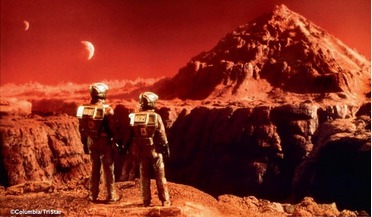 December 2014
Terraforming Mars: from CFCs to Total Recall
December 2014
Terraforming Mars: from CFCs to Total Recall
...cheek, that a good way to release it would be to plant hydrogen bombs at depth all over Mars and then explode them all at ...destroy much of the surface of Mars, just like Martyn Fogg’s hydrogen bombs. I don’t see this as an attractive future for the...
 December 2014
Space for Earth: How ESA wants to use lessons learned above on the ground
December 2014
Space for Earth: How ESA wants to use lessons learned above on the ground
... R&D areas of common interests.3 The main technology domains identified for this first assessment were thermal control, hydrogen production and storage, photovoltaics, energy storage, life support systems, robotics and space weather effects. Once...
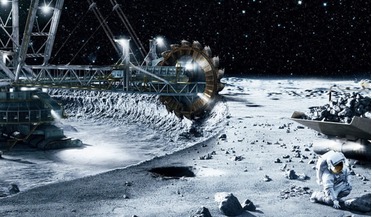 March 2016
Space Mining – the Reality of Tomorrow?
March 2016
Space Mining – the Reality of Tomorrow?
... mining activities can be cost-effective for recovering at least rare metals, but it is also noteworthy that even hydrogen, oxygen, water or other volatiles in space can also be valuable. The Planetary Resources website states, ‘In orbit, spacecraft...